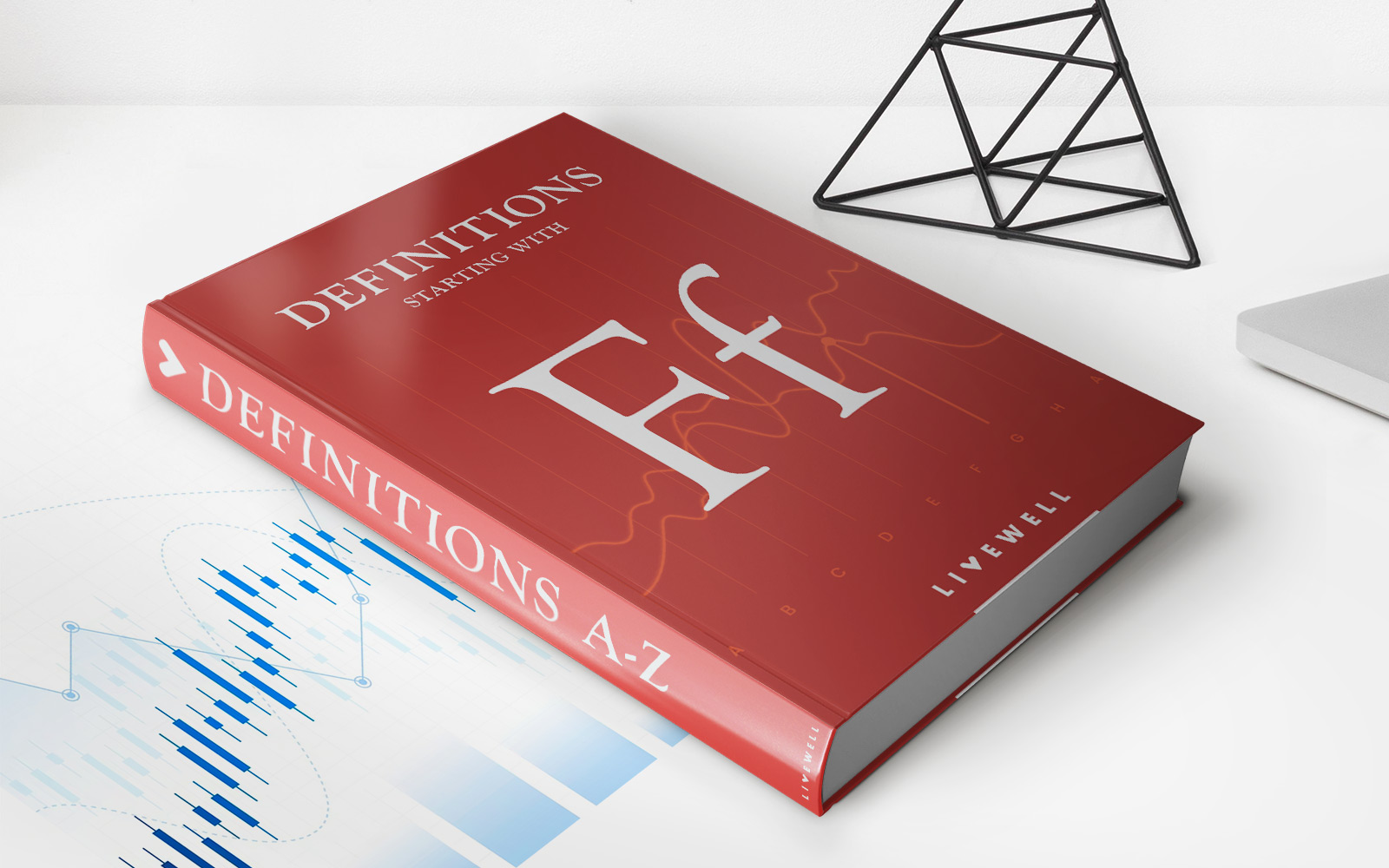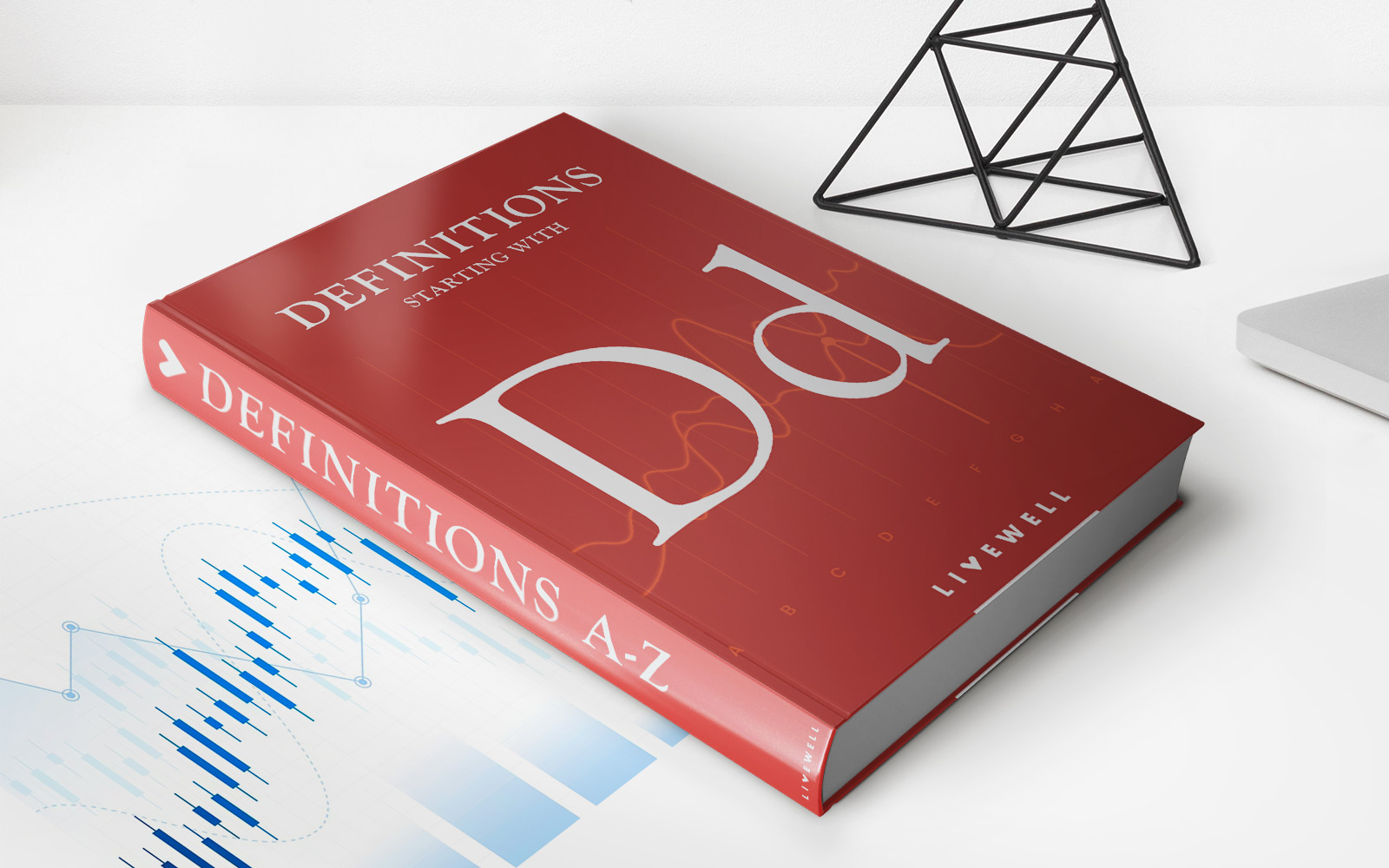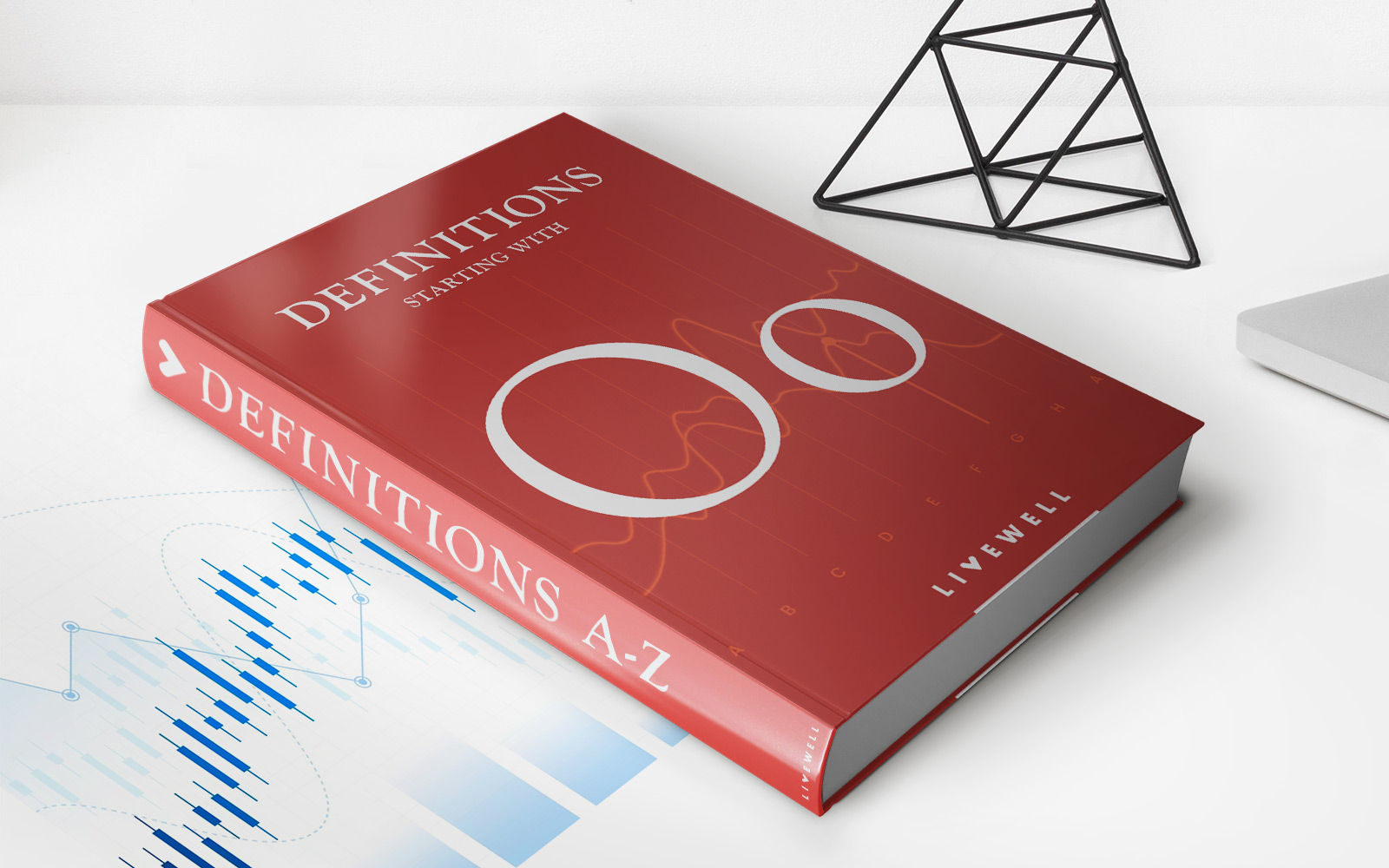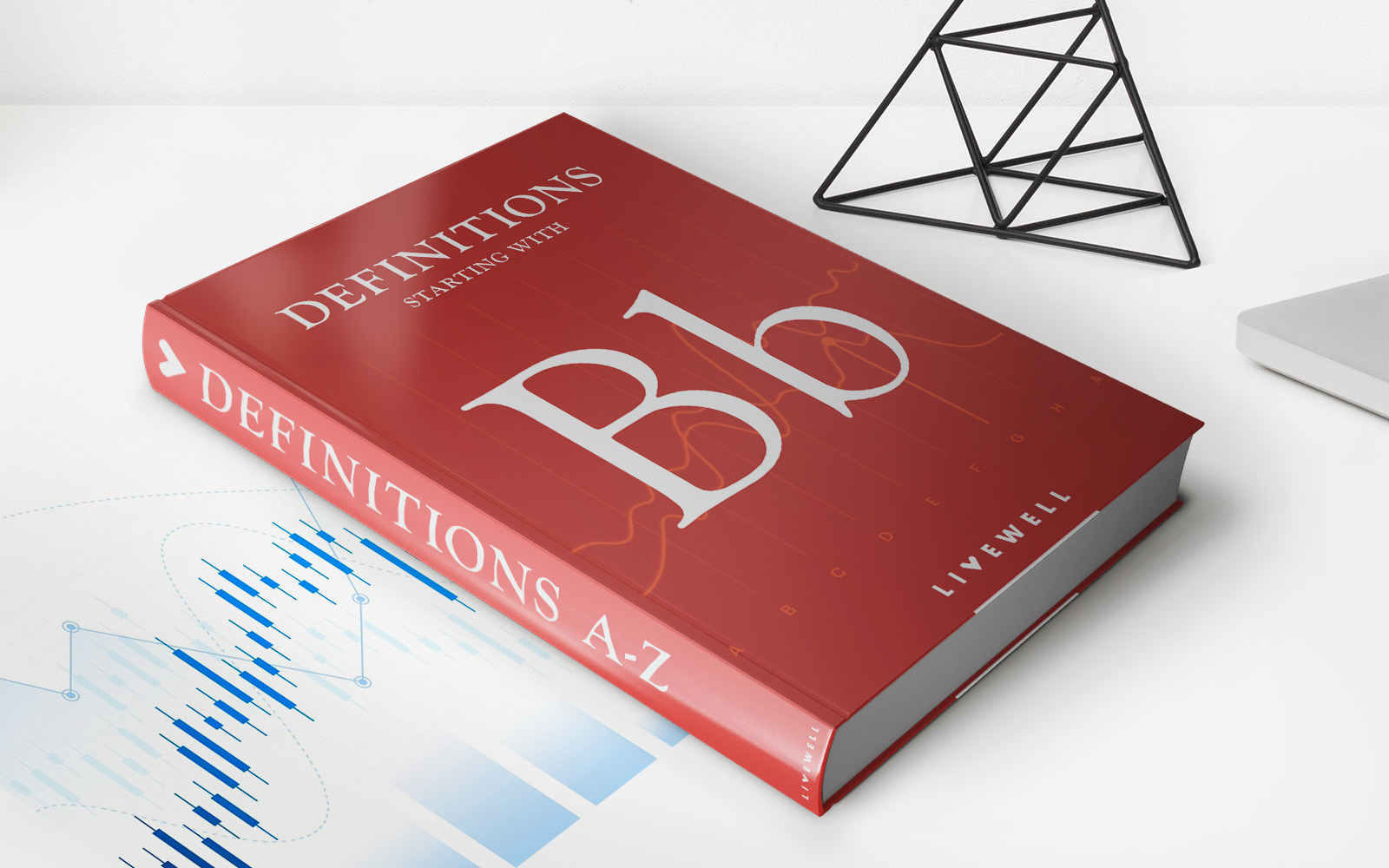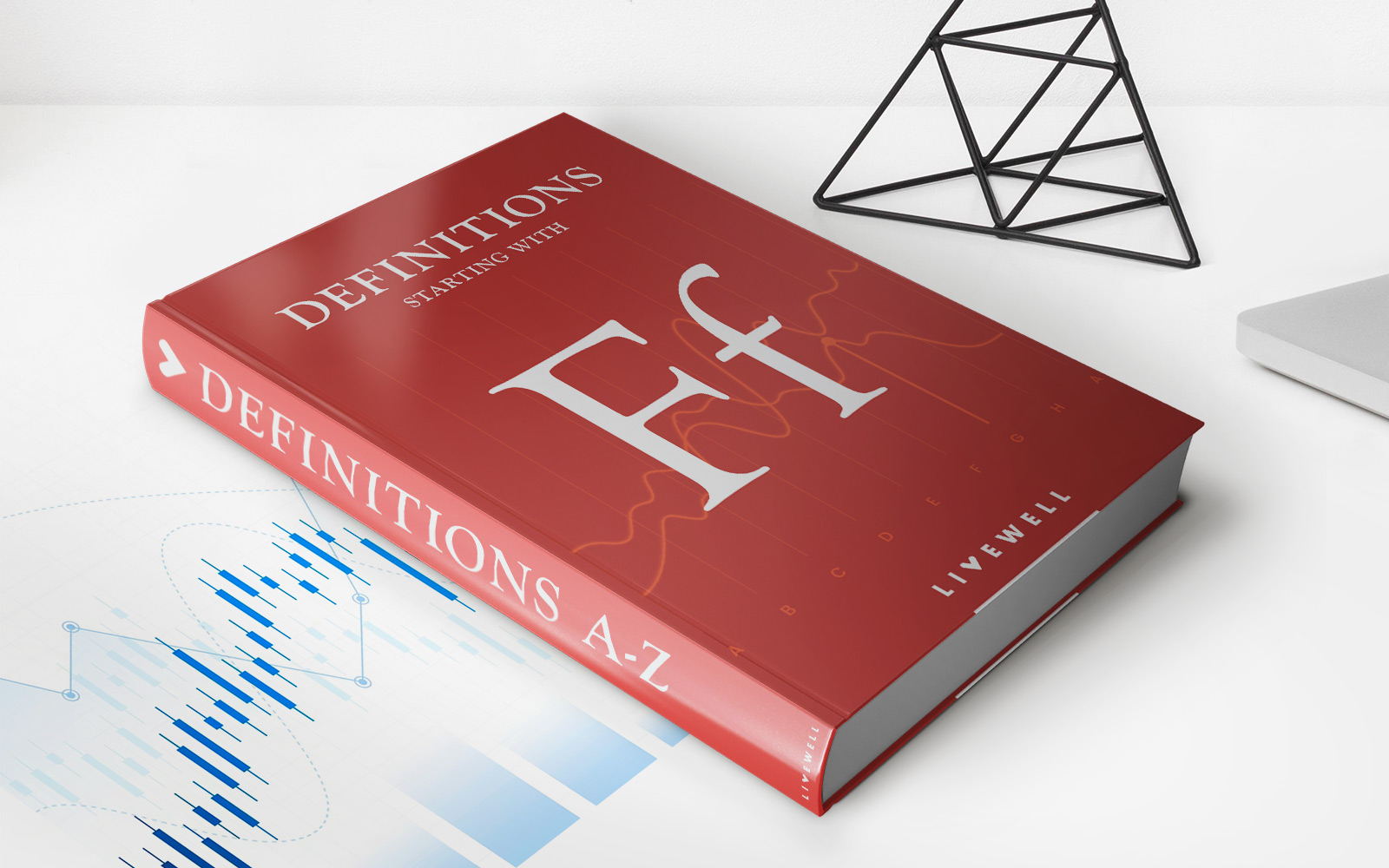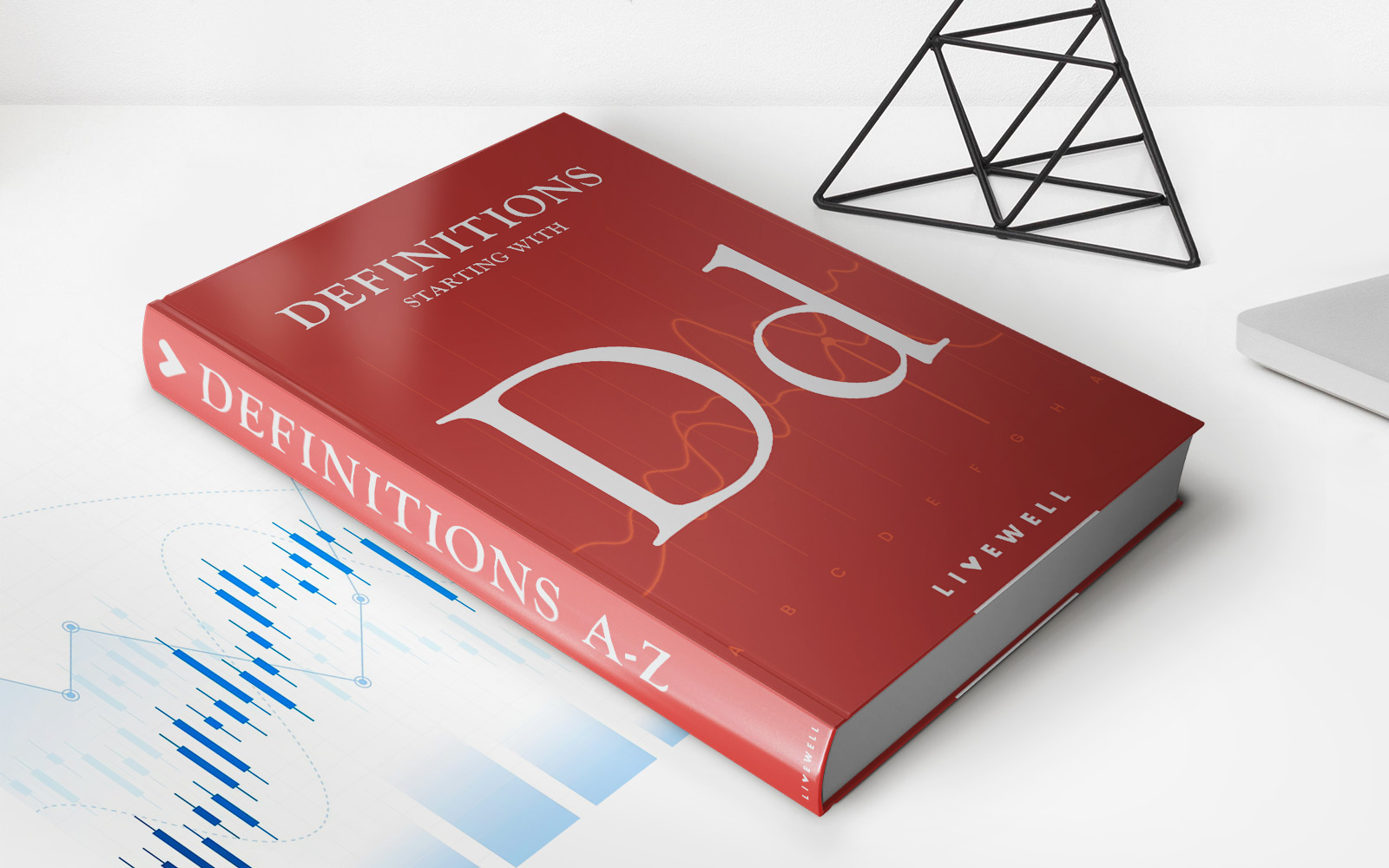Home>Finance>Lookback Option: Definition, Pricing Examples, Fixed Vs. Floating
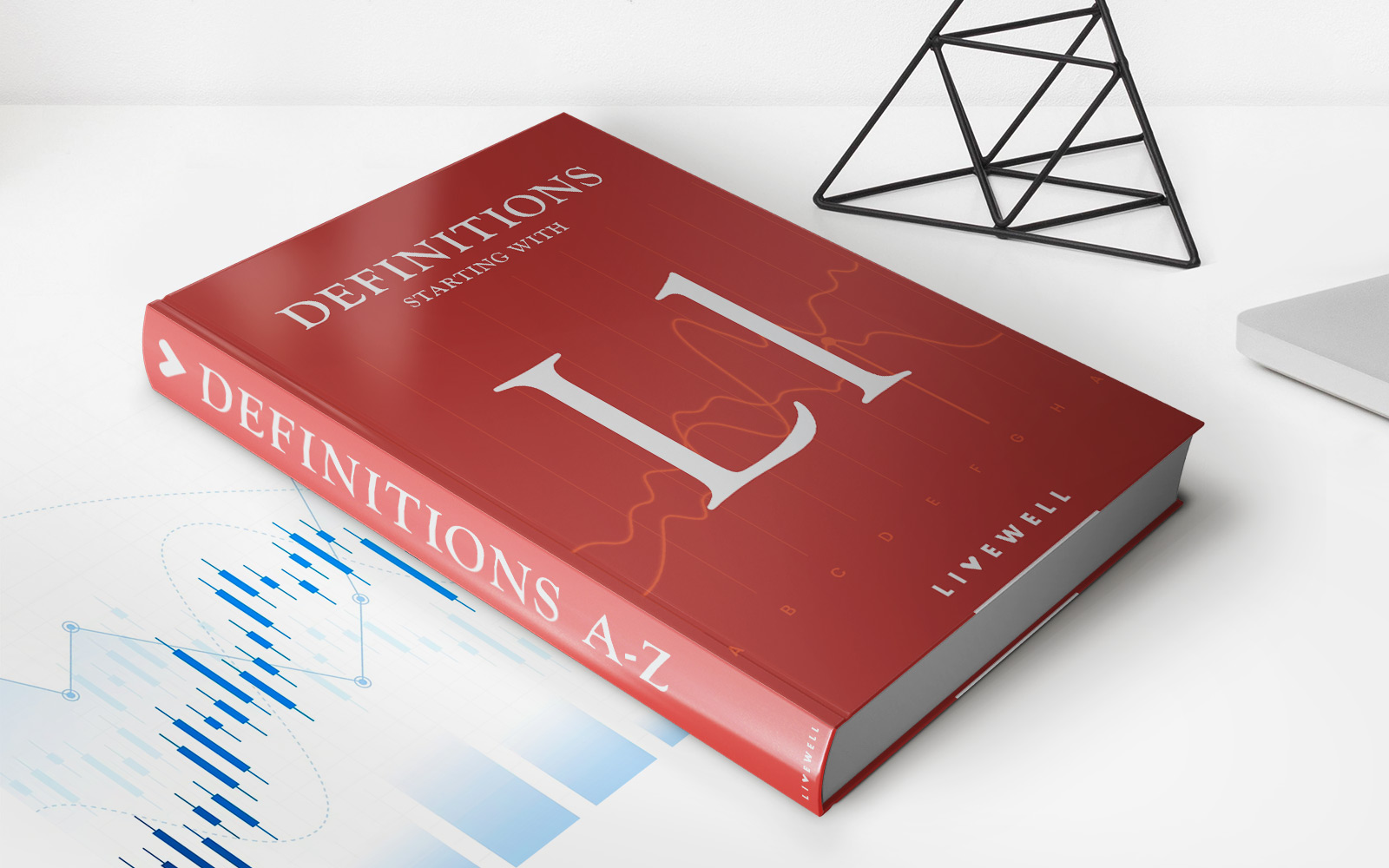

Finance
Lookback Option: Definition, Pricing Examples, Fixed Vs. Floating
Published: December 20, 2023
Learn about the definition, pricing examples, and differences between fixed and floating lookback options in finance.
(Many of the links in this article redirect to a specific reviewed product. Your purchase of these products through affiliate links helps to generate commission for LiveWell, at no extra cost. Learn more)
Understanding Lookback Option: Definition, Pricing Examples, Fixed Vs. Floating
Welcome to our finance blog, where we dive into the world of options trading. In this article, we will explore the exciting concept of Lookback Options. Have you ever wondered what a Lookback Option is and how it differs from other types of options? Join us as we demystify this fascinating financial instrument and provide you with a comprehensive understanding of its definition, pricing examples, and the differences between fixed and floating Lookback Options.
Key Takeaways:
- A Lookback Option allows the holder to “look back” over a specified period to determine the optimal strike price.
- Lookback Options can offer higher potential profits but come with the drawback of higher premiums.
What is a Lookback Option?
At its core, a Lookback Option is a type of option contract that gives the holder the right to buy or sell an asset at its highest or lowest price over a specified period. Unlike traditional options, which rely on a fixed strike price, Lookback Options allow the holder to “look back” and select the most favorable strike price during the option’s lifespan.
Lookback Options can be classified into two types:
- Fixed Lookback Options: With fixed Lookback Options, the holder has the right to buy or sell the asset at its lowest or highest price, respectively, over the specified period.
- Floating Lookback Options: Floating Lookback Options, on the other hand, allow the holder to choose the optimal strike price based on the asset’s average price over the specified period.
Pricing Examples of Lookback Options
To better understand Lookback Options, let’s take a look at a couple of pricing examples:
- Fixed Lookback Option: Suppose you purchase a fixed Lookback Option on a stock with a strike price of $100 over a period of one year. If the stock’s price drops to $80 at any point during the year, you can exercise your option to sell the stock at $100, regardless of the current market price. Alternatively, if the stock’s price reaches $150 at any time, you have the right to buy the stock at $100.
- Floating Lookback Option: Imagine you buy a floating Lookback Option on a commodity with an average price of $50 over a period of six months. If at any point during the period the commodity’s average price increases to $60, you can exercise your option to buy the commodity at the lower average price of $50.
Fixed Lookback Options Vs. Floating Lookback Options
Now that we have a clear understanding of Lookback Options and their pricing examples, let’s compare fixed and floating Lookback Options:
- Flexibility: Fixed Lookback Options provide the holder with a predetermined strike price, whereas floating Lookback Options allow the holder to select the optimal strike price based on the asset’s average price over a specified period, providing more flexibility.
- Premiums: Floating Lookback Options generally have higher premiums since they offer the potential for higher profit due to the ability to choose the most favorable strike price.
- Risk Management: Fixed Lookback Options can be used as a hedge against unfavorable price movements, while floating Lookback Options offer potential profits in a trending market.
In conclusion, Lookback Options are a unique form of financial derivative that provide the holder with flexibility in selecting the best strike price based on the asset’s highest or lowest price over a specified period. Whether you opt for fixed or floating Lookback Options, it’s essential to consider your risk tolerance, market trends, and pricing dynamics to make informed investment decisions.
Thank you for joining us on this exploration of Lookback Options. Stay tuned for more informative articles on a wide range of finance topics!

